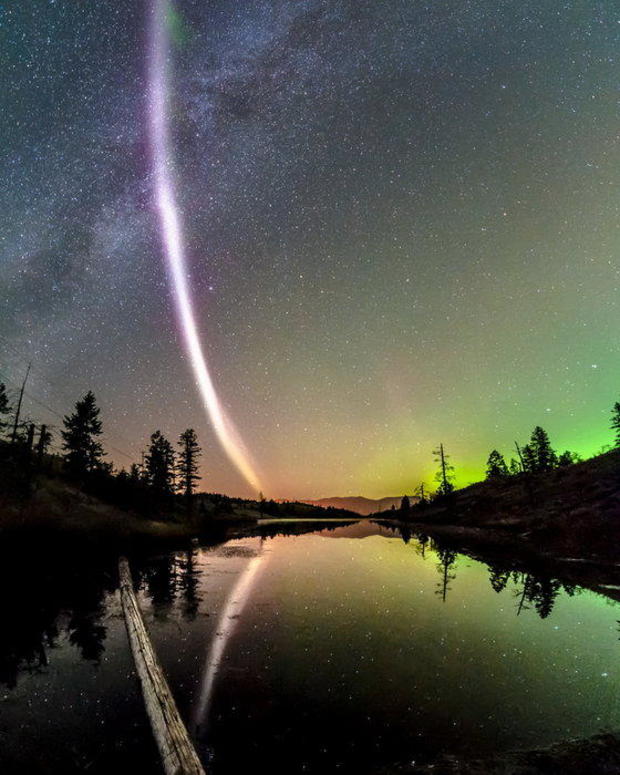Aurora watchers spot "Steve," a new light in the nighttime sky
Citizen scientists looking at the northern lights appear to have stumbled upon a new natural phenomenon. Members of the Facebook group Alberta Aurora Chasers posted photos of a mysterious purple streak cutting through the night’s sky. In their early posts, the group’s members referred to the streak of purple light as a “proton arc” — then gave it the anthropomorphic name of “Steve.”
Some members of the group approached Eric Donovan, an associate professor in physics and astronomy at the University of Calgary, after he gave a talk, showing him the striking images.
Knowing that “proton aurora” are never visible, the European Space Agency (ESA) says Donovan turned to the resources of the ESA’s Swarm space satellite program. The three identical satellites were launched in space in 2013 to monitor Earth’s magnetic field.
Donovan tried to match on-the-ground sightings of Steve with data from Swarm satellites hovering in space.
“As the satellite flew straight through Steve, data from the electric field instrument showed very clear changes,” Donovan said in a press release. “The temperature 300 km above Earth’s surface jumped by 3000°C and the data revealed a 25 km-wide ribbon of gas flowing westwards at about 6 km/s compared to a speed of about 10 m/s either side of the ribbon.”
Donovan discovered that Steve is a fairly common occurrence that just hadn’t been noticed in the past. Through a combination of advanced satellite data and Earth-bound social media posts, new understanding about the purple streak was brought to light, Donovan added.
ESA’s Swarm mission scientist, Roger Haagmans, added, “It is amazing how a beautiful natural phenomenon, seen by observant citizens, can trigger scientists’ curiosity. ... This is a nice example of society for science.”
Both Donovan and Haagrnans stressed the important role amateur citizen scientists played in making the discovery, which means that social media users might want to pay close attention next time they post a shot of the night’s sky to Instagram. They just might make a new discovery the scientific community had missed.





